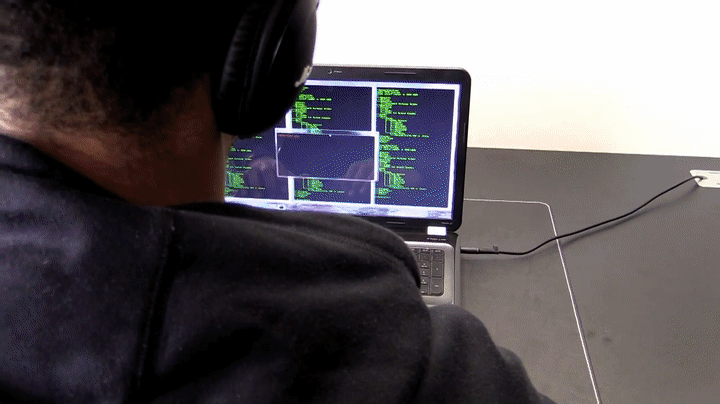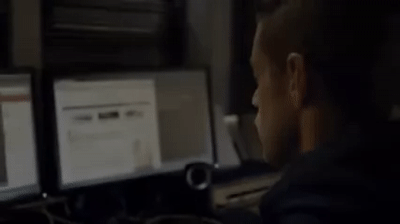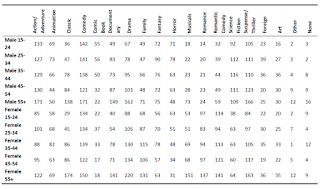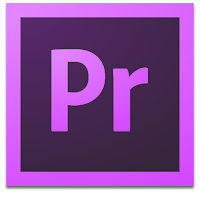Our Production Company
Film 4 was our chosen production company, which is famous for producing British, independent films such as 'Submarine', 'Frank' and 'Four Lions'. This would be perfect for our film, as it is set in London and has a British cast and the film itself is also an independent film. An example of this type of perfect fit between film and production company is that of 'Attack The Block', which also was produced by 'Film 4' and just like 'Algorithm 404', has an all British cast of small unknown actors and also had to include lots of special effects, yet it only had a budget of £8 million.
This means the production budget for the film would be small due, as it is an independent film, but the fact that the film is of the cyber-security action-thriller genre means that we would need additional money put in for good Special FX. Independent films tend to have a small budget, e.g. 'Frank' had a budget of £1 million, whereas action-thriller films tend to have a much higher budget, e.g. 'Se7en' had a budget of £23 million. Therefore, I believe our film being an independent action-thriller would have a budget of around £5 million.
Our Distribution Company
Our chosen distribution company we used was 'Studio Canal', which is a UK based company that has a history of distributing small, independent, British films, e.g. 'Attack the Block', so it has a history of distributing independent films like 'Algorithm 404', which is also based in the UK. It has had a reputation for also being able to take on enormous blockbusters, e.g. 'The Hunger Games' and 'Twilight'. This experience and great reputation in the film industry would allow the film to attract a potentially wider audience.Studio Canal was also responsible for distributing thrillers, such as 'Legend' and 'Before I Go To Sleep'. It is a horizontally integrated company, who has had history of both producing and distributing films for audiences to watch around the world.
Marketing
We wanted to use both traditional and modern methods for marketing the film with posters at bus stops, in tube stations and on buses and having interviews on radio shows with some of the main stars of the film, e.g. David Sagna. As well as utilising social media cheap and effectively spreading awareness on many outlets that we could use, which were going to be: Facebook, Twitter, Tumblr, Instagram and Snapchat. We would use the
#Algorithm404 to spread videos promotions, posters and trailers to our mass audience. This would be silmilar to the way in which 'Attack The Block' used the
#attacktheblock facebook page to promote the end of their trailer. A marketing strategy that Film 4 does is conducting interviews with those who worked on their films uploaded onto YouTube, e.g. Ben Stiller interviewed on the comedy 'Zoolander', generating a greater awareness of the film and having a more efficient film promotion. 'Algorithm 404' would definitely use this method, so as to gain a greater awareness of films from the niche audience of independent cinema.


The Release
We would release the film at the BFI London Film Festival, so as to ensure greater publicity for it and gain a greater hype for it, just as the recent 'Suffragette' film managed to achieve by also releasing their film at the festival. The film would then become available fir the masses at mainstream cinemas, e.g. Cineworld and the Odeon, and at independent cinemas, e.g. the Arthouse cinema near Turnpike Lane, so as to spread word of mouth and attract fans of independent cinema. The film would then be released for home-viewing on DVD and blu-ray, generating a greater revenue with them being sold at supermarkets, e.g. Tesco, and at shops, like WHSmith. In these DVDs and Blu Rays would be 'Behind The Scenes' content for fans of the film to be encouraged to buy it. We would also allow for streaming to be available on Netflix in order to get some money in return from these streaming services and boost the awareness of the film after its release in cinemas. However, inevitably there would be illegal streaming of the film on sites such as putlocker as well as those, who would use torrenting websites to download the film for personal viewing, but this could spread word of mouth despite the fact the film would not make any money from this activity. The film would finally be released on TV channels, e.g. Film 4, Channel 4, E4 and 4Seven, which are all owned by the Channel 4 Television corporation. This would widen the audience for our film after its release on cinema and would make money from the advert breaks on the TV.













































